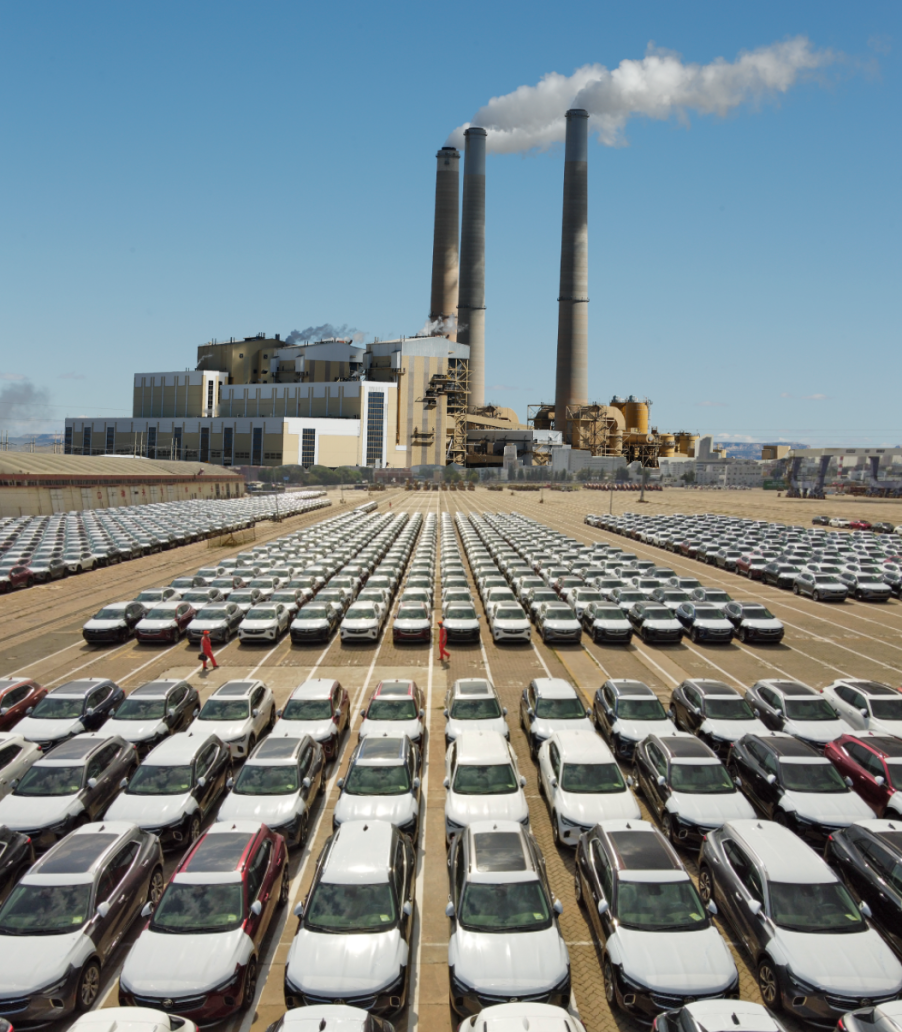
After Pandemic Carmakers Will Keep Production Low To Keep Profits High
BMW had to do something. The chip shortage meant it had to cut back on production. What to do? It decided that “positive pricing” was the answer. That’s a sneaky way of saying “raise prices.” And then BMW watched as its profits not only stabilized, but they increased substantially, despite the carmaker’s lower volume. Ah-ha, it said.
Carmakers have found that less production means higher profits

So if it lowered output but raised its prices, it could see big profit gains. Like over 10 percent. “ “Whilst the semiconductor supply restrictions are expected to further impact production and deliveries, the continuing positive pricing effects for both new- and pre-owned vehicles will overcompensate these negative sales volume effects,” the company told Automotive News. Indeed!
Companies like Mercedes and BMW have been crying about the chip shortage’s drastic effects on profits for a few months. Now, neither are saying much as they see lower output actually increase even their most optimistic projections. It only took hiking up prices.
“We’ll never go back”

And that is all you need to know going into 2022 and beyond. “We’ll never go back to the level of inventories that we held pre-pandemic because we’ve learned we can be much more efficient,” GM CEO Mary Barra recently told reporters. GM’s Chief Financial Officer Paul Jacobson told KBB that internal GM data showed that average vehicle transaction prices grew 10 percent for pickups and over 20 percent for large SUVs.
“It’s better for the car company and it’s better for the dealer,” Barra added. Notice that she didn’t mention the buyer. That’s because based on these numbers GM is making a lot more selling a lot less.
Most car companies make more vehicles than they can reasonably sell. It’s cheaper to cut pricing to move the metal than to slow or shut down production. So rebates have been around for decades to facilitate keeping the plants rolling. So automakers make less selling more.
Dealers are seeing higher profits from less sales

Dealers, on the other hand, have traditionally kept as many used vehicles on their lots as they can cram onto them. But they don’t own those vehicles. Instead, they make payments on every one of those used cars. So the more vehicles they stick onto the lot, the more they have to pay the banks. So for them too, it is more profitable to have fewer used cars on their lots.
In the US, the yearly number of new cars sold hovered around 17 million for over five years. Then in 2020, it dropped to 14.5 million as a result of the pandemic. That 2.5 million drop has now adjusted the market possibly forever.
Did carmakers made more cars for less profits?

Were the automakers just making too many vehicles? Maybe so, because how can you argue with them, as well as their dealers all making more with less? So will this be the new normal? What do you think?
Returning to those pre-pandemic days of high output only means going back to incentives if the product isn’t selling. While the common thought was always that selling more cars made more profits for carmakers, it took the pandemic for them to see that just the opposite is true.
So how will this affect car buyers?

While this has been about the manufacturers and dealers, we have left out the third cog; the buyers. The obvious result for car shoppers is you’ll be shelling out more for your purchase whether it is a new or used vehicle. So, what else is new?
The one hope is that as we transition to electric vehicles, they’ll cost less to maintain and will last longer. So maybe the higher price we’ll all be paying will get amortized over added life of the vehicle. Currently, car age in America averages around 12 years. That was inching up, however.
If you can live with having an older vehicle as your daily then the price increases can be rationalized. But, if you’re like many car buyers, and need new every few years, then you’ll pay dearly for your need to renew your drive.



